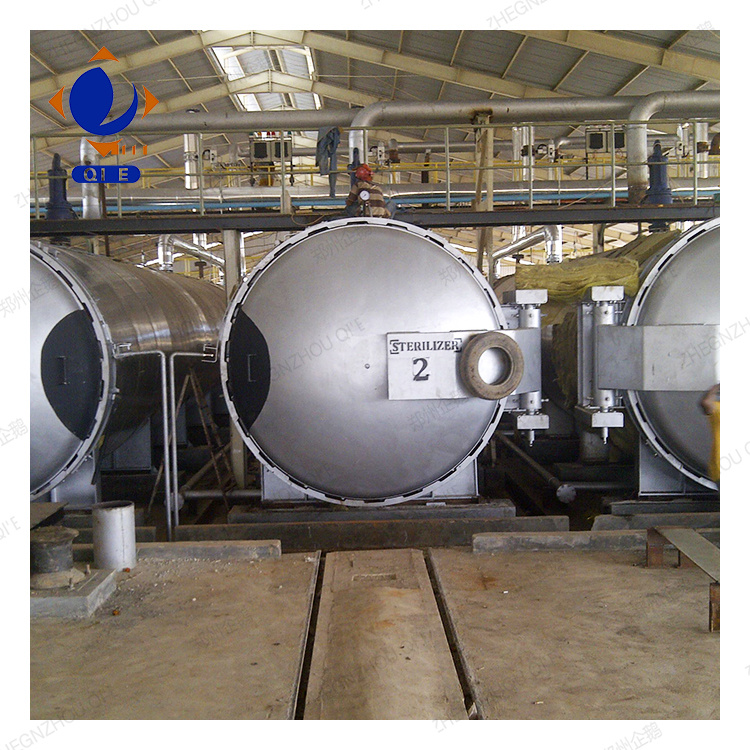
When it comes to palm oil production in Nigeria and around the world, selecting the right high - efficiency and energy - saving palm oil pressing equipment is a crucial decision for factory managers and procurement officers. This guide will help you make an informed choice based on production capacity and raw material characteristics.
The palm oil pressing process starts from raw material preparation, including cleaning and sterilization of palm fruit bunches or palm kernels. Then, it moves on to the pressing stage, followed by oil separation and finally, waste residue treatment. Each step places specific demands on equipment performance. For example, the pressing stage requires equipment with sufficient pressure to extract oil effectively, while the separation stage needs equipment that can accurately separate oil from other substances.

Palm fruit bunches and palm kernels have different physical and chemical properties, which significantly affect equipment parameters. Palm fruit bunches are larger and contain more fibrous materials. They require equipment with a larger feed opening and stronger crushing ability. In contrast, palm kernels are smaller and denser, demanding equipment with higher - precision pressing and separation functions. For instance, when processing palm fruit bunches, the equipment's crushing blades need to be more robust to break through the tough outer layer of the fruit.
In the range of 10 - 500 tons per day, different production capacities require different models of equipment. For a small - scale factory with a daily production capacity of 10 - 50 tons, a relatively compact and cost - effective model can be selected. As the production capacity increases, larger and more powerful equipment is needed. For example, a factory with a capacity of 200 - 500 tons per day may require a fully automated production line to ensure stable and efficient operation.
| Daily Production Capacity (tons) | Recommended Model Type |
|---|---|
| 10 - 50 | Compact and cost - effective model |
| 50 - 200 | Semi - automated medium - scale model |
| 200 - 500 | Fully automated large - scale production line |
An automated control system plays a vital role in the stable operation of palm oil pressing equipment. It can monitor and adjust various parameters in real - time, such as temperature, pressure, and flow rate, ensuring consistent product quality. Moreover, it reduces human errors. For example, in a traditional manual operation, the error rate in setting pressure may be around 5 - 10%, while an automated system can control the error within 1 - 2%.
304 stainless steel is widely used in palm oil pressing equipment. It meets strict food safety standards, ensuring that the produced palm oil is safe for consumption. In addition, it has excellent corrosion resistance, which extends the service life of the equipment. Compared with ordinary carbon steel, 304 stainless steel can last 2 - 3 times longer, reducing the frequency of equipment replacement and maintenance costs.

The energy - saving design of palm oil pressing equipment is based on principles such as efficient motor selection and optimized mechanical structure. In practical applications, energy - saving equipment can reduce energy consumption by 15 - 30%. For example, a certain customer's factory reduced its energy consumption by 20% after replacing the old equipment with energy - saving models.
When selecting equipment, pay attention to the energy - saving certification and actual energy - saving data provided by the manufacturer.
Some common mistakes in equipment selection include ignoring the actual production capacity requirements, underestimating the impact of raw material characteristics on equipment, and neglecting the long - term cost of equipment operation. To avoid these mistakes, it is recommended to conduct a detailed on - site inspection of the equipment, communicate with other users, and refer to real - world case studies. For example, by comparing the operation data of different factories, you can clearly see the advantages and disadvantages of different equipment models.
Are you facing production capacity bottlenecks or high energy consumption in your factory? Do you want to know how to choose the most suitable palm oil pressing equipment? Click here to find out the solutions!

